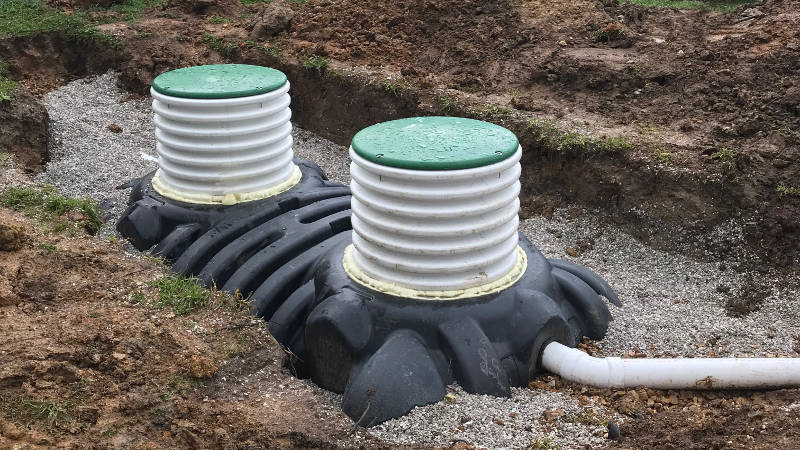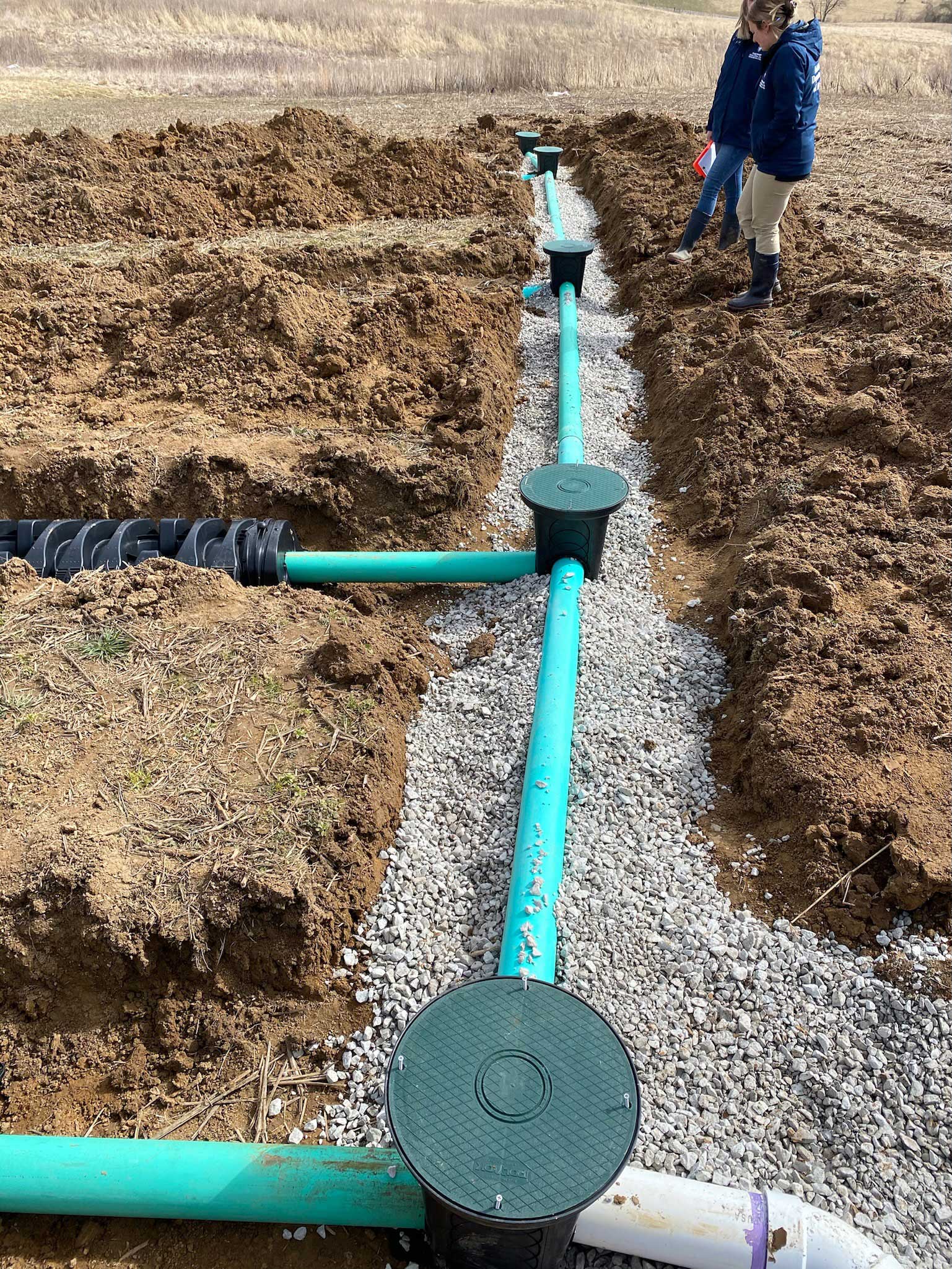Professional Water Line Repair Lancaster OH: Resolving Leakage Troubles
Professional Water Line Repair Lancaster OH: Resolving Leakage Troubles
Blog Article
Reputable Septic Installments for Residential Characteristics
When it comes to the crucial framework of residential buildings, dependable septic installments play an essential role in making certain efficient waste management systems. Recognizing the intricacies of septic setups, from selecting the appropriate system to the setup procedure and succeeding upkeep, is extremely important for home owners seeking a trustworthy and sturdy remedy for their building's sewer requirements.

Benefits of Reliable Septic Installations
Setting up a trustworthy septic tank not just ensures efficient wastewater administration yet also advertises ecological sustainability and home value retention. By purchasing a properly designed septic system, property owners can dramatically reduce the danger of groundwater contamination and surface area water pollution. Appropriately treated wastewater from septic tanks can help secure neighborhood water resources and ecosystems, adding to a much healthier atmosphere for both current locals and future generations.

Additionally, a reputable septic tank can improve the total residential property worth. Possible purchasers are frequently ready to pay more for a home with a well-kept septic tank in area, as it symbolizes a dedication to residential property maintenance and environmental duty. This can provide house owners an affordable side in the real estate market and make certain a much better roi over time.
Picking the Right Septic Tank
After acknowledging the advantages of reliable septic installations, the next important step for house owners is to very carefully select the suitable septic system that straightens with their residential or commercial property's certain needs and ecological considerations. When picking a septic tank, it is necessary to consider aspects such as residential property size, dirt kind, water table level, and neighborhood guidelines.
For smaller homes or those with limited area, a conventional septic tank may be appropriate. These systems contain a septic storage tank and a drain area and work for residential or commercial properties with sufficient dirt permeability. On the other hand, larger properties or locations with high water tables may need more advanced systems like cardiovascular treatment units or pile systems to ensure proper wastewater therapy.

It is likewise essential to examine the upkeep requirements and long-term prices connected with different septic systems. House owners should take into consideration aspects such as pumping regularity, evaluation needs, and potential repairs when making their decision. By very carefully assessing these factors to consider, house owners can pick a septic tank that not just meets their building's demands but also promotes ecological sustainability.
Variables to Think About Before Installation
Before continuing with the find out installment of a septic system, thorough site examination and soil testing are vital actions to guarantee optimal capability and long life of the system. Site evaluation entails analyzing variables such as the home's topography, closeness to why not try here water sources, and the dimension of the home to determine the most ideal location for the septic system. from this source Dirt screening is critical to understand the dirt composition and its capability to properly treat and filter wastewater. The dirt's permeability, texture, and depth play a substantial role in determining the type and size of the septic tank needed. Additionally, neighborhood laws and permits have to be considered prior to installation to make sure compliance with ecological and health and wellness requirements (septic reprairs lancaster oh). Evaluating the building's water level level is additionally vital, as a high water table can impact the system's performance. By meticulously taking into consideration these variables prior to installment, homeowners can make certain a dependable and reliable septic system customized to their home's certain requirements.

The Setup Refine Described
To start the setup procedure of a septic system for a household building, the first action includes cautious excavation of the designated location following the accepted website strategy. After the installation is complete, a last inspection is carried out to make sure that the septic system satisfies all laws and features successfully. Correct setup is important for the long-lasting performance and efficiency of the septic system, making sure a trusted wastewater therapy service for the domestic home.
Upkeep Tips for Longevity
Correct upkeep of the septic tank is essential to guarantee its long life and proceeded reliable procedure, complying with the careful installment procedure important for residential properties. Regular pumping is crucial to prevent solids from developing up in the container and potentially obstructing the system. It is recommended to have the septic system checked and pumped every 3-5 years, depending on family size and water use. Furthermore, being conscious of what is purged down the tubes can substantially impact the wellness of the septic system. Stay clear of purging non-biodegradable things, chemicals, oil, and too much amounts of home cleaners, as these can disrupt the natural biological processes within the tank. Conserving water use by repairing leakages and expanding laundry loads can additionally aid maintain the equilibrium within the system. Preserving a healthy and balanced drainpipe field by refraining from driving or developing over it, growing trees at a secure distance, and staying clear of the use of heavy equipment on the area can extend the total lifespan of the septic system.
Conclusion
By selecting the right septic system and taking into consideration crucial elements prior to installment, property owners can enjoy a problem-free and long-lasting service. The installment procedure should be lugged out thoroughly, and normal upkeep is essential to prolong the life expectancy of the septic system.
Report this page